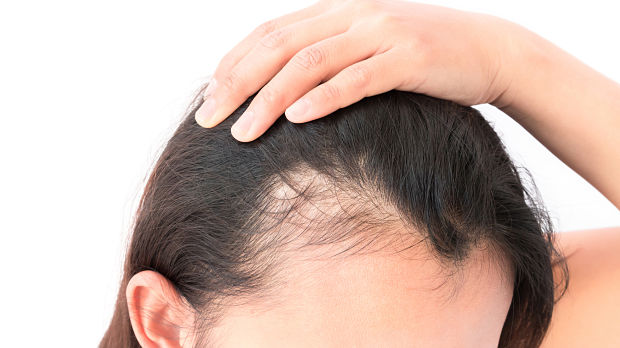How Can Clinicians Differentiate Scarring vs. Non-Scarring Alopecia?
The forms of alopecia where the hair follicle is destroyed are considered scarring, while others types do not destroy the follicle and are therefore non-scarring. Examples of scarring alopecia are lichen planopilaris (LPP) or discoid lupus erythematosus (DLE), and non-scarring alopecia includes alopecia areata, androgenetic alopecia (AGA), syphilis, and trichotillomania. The ability to differentiate should help to guide treatment decisions. However, the distinction between the two categories can be difficult, and the extent to which clinicians are able to do so has not yet been quantified.
A recent study sought to understand how well clinicians can distinguish between types of hair loss. The authors calculated an agreement correlation coefficient between clinical exam and histology since histology often provides the most definitive diagnosis. The study included 458 pathology reports from patients diagnosed with alopecia. In these patients, the leading differential diagnosis and the actual pathologic diagnosis agreed in 45% of cases.
In this dataset, the authors state that the analysis of these cases suggested moderate agreement between clinical and pathologic detection of scarring and note that for challenging cases, clinical exam is often insufficient for diagnosis. They state that histology must also be used to corroborate findings seen in a clinical exam. Some of the confusion arises from the fact that nonscarring alopecia may appear to be scarring when it is in a later stage of disease, so histology is very important for accurate diagnosis. The lowest agreement in histology versus clinical exam was for men, followed by black patients. The authors attribute this to the possibility that gender bias may be a factor since men with hair loss may be quickly diagnosed with AGA when a scarring form of alopecia may be a better diagnosis.
The authors conclude that physical exams must be used judiciously in combination with histologic evaluation for diagnosis of alopecia.
